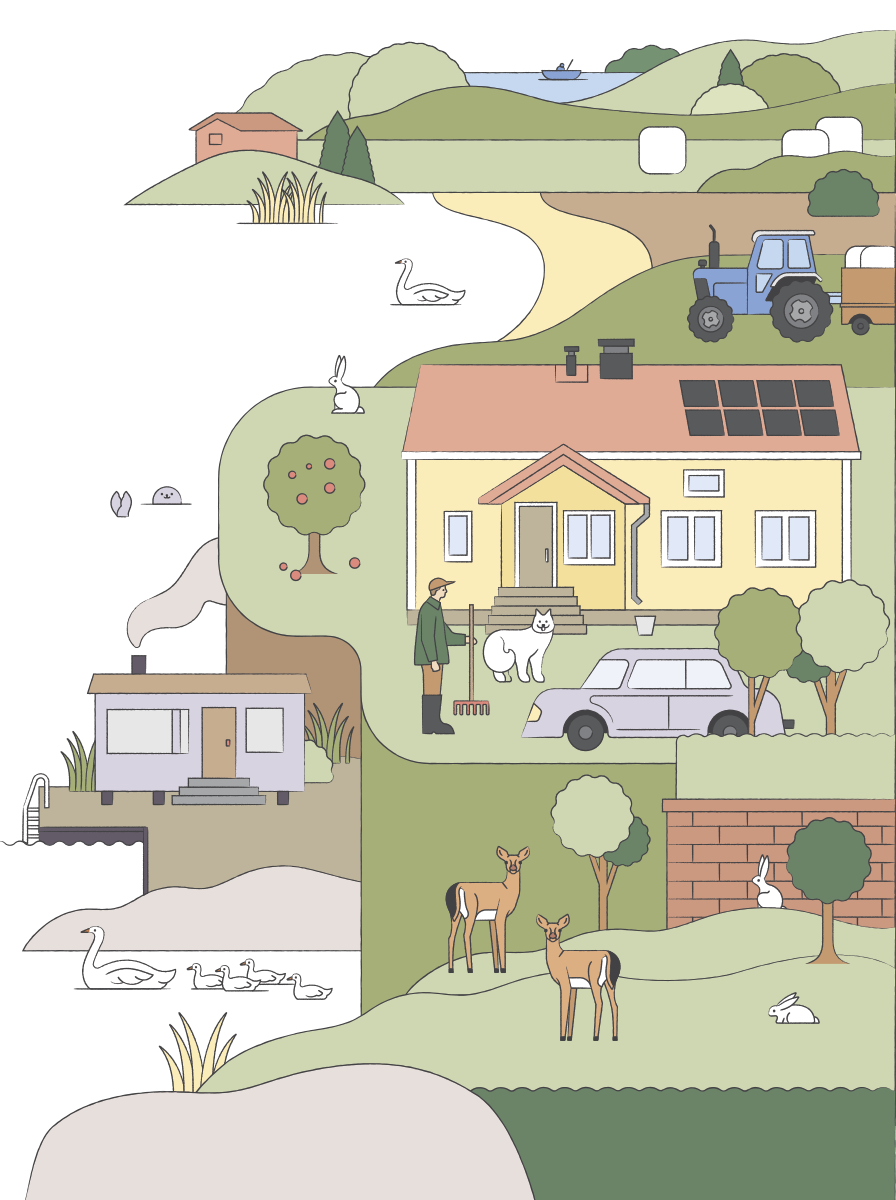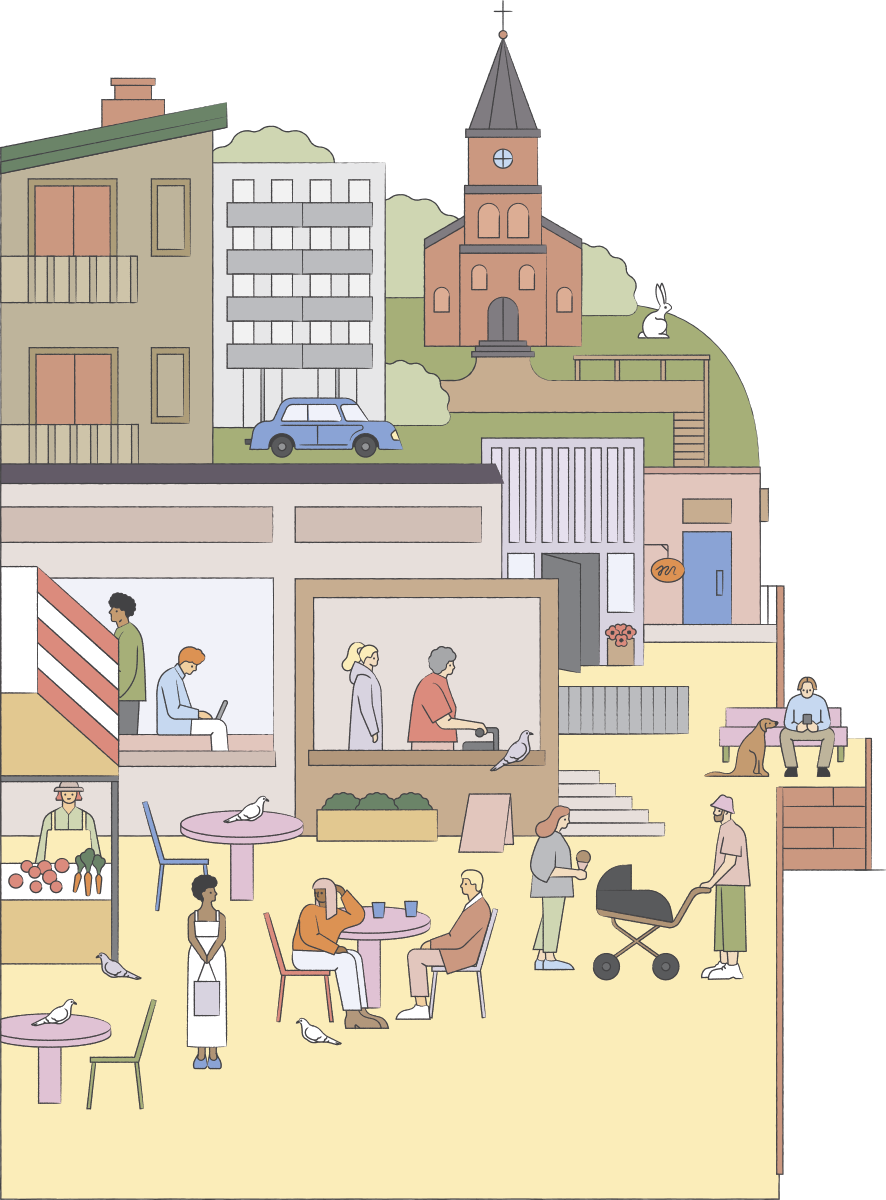At best, urban farming can be very useful for biodiversity. It increases self-sufficiency and security of supply in cities and helps maintain cultivation skills. The emissions from transporting city-grown produce are small, and you can choose to go organic on your own plot of land. Working with soil will enforce your connection to nature and thereby your will as a citizen to protect the environment. Urban farming increases social interaction between citizens.
Green areas cool down the city during heat waves and help absorb water during heavy rainfall.
If you decide to grow plants that produce flowers at different times during the summer, you will provide for various insects and species and help increase biodiversity in the city. Traditional regional varieties are the best choice for urban farming to avoid invasive alien species from spreading and causing a threat to the original plants and biodiversity as a whole. Urban plots of land have a balancing effect on the microclimate: green areas cool down the city during heat waves and help absorb water during heavy rainfall.
Urban farming and gardening can be done almost anywhere: inside at home, on the balcony, in the yard, on the roof, in the park and so on. Garden plots and allotments are a tradition in Finland.
Not yet involved in urban farming? Consider the following:
- Try growing herbs (basil, oregano), sweet peppers, chili, tomatoes or zucchini on the balcony in addition to flowers in the summer. The potted lettuce and herbs you can buy in the supermarket usually produce a couple of new yields if you plant them in soil or put them in water. Herbsattract pollinators.
- Propose planters or plots in the yard or on the roof of your building. An elevated planter is easier to work with for everybody, including those with reduced mobility.
- Propose to plant berry bushes or fruit trees in the yard of your building.
- Contact your municipality to improve planting opportunities in your area.




